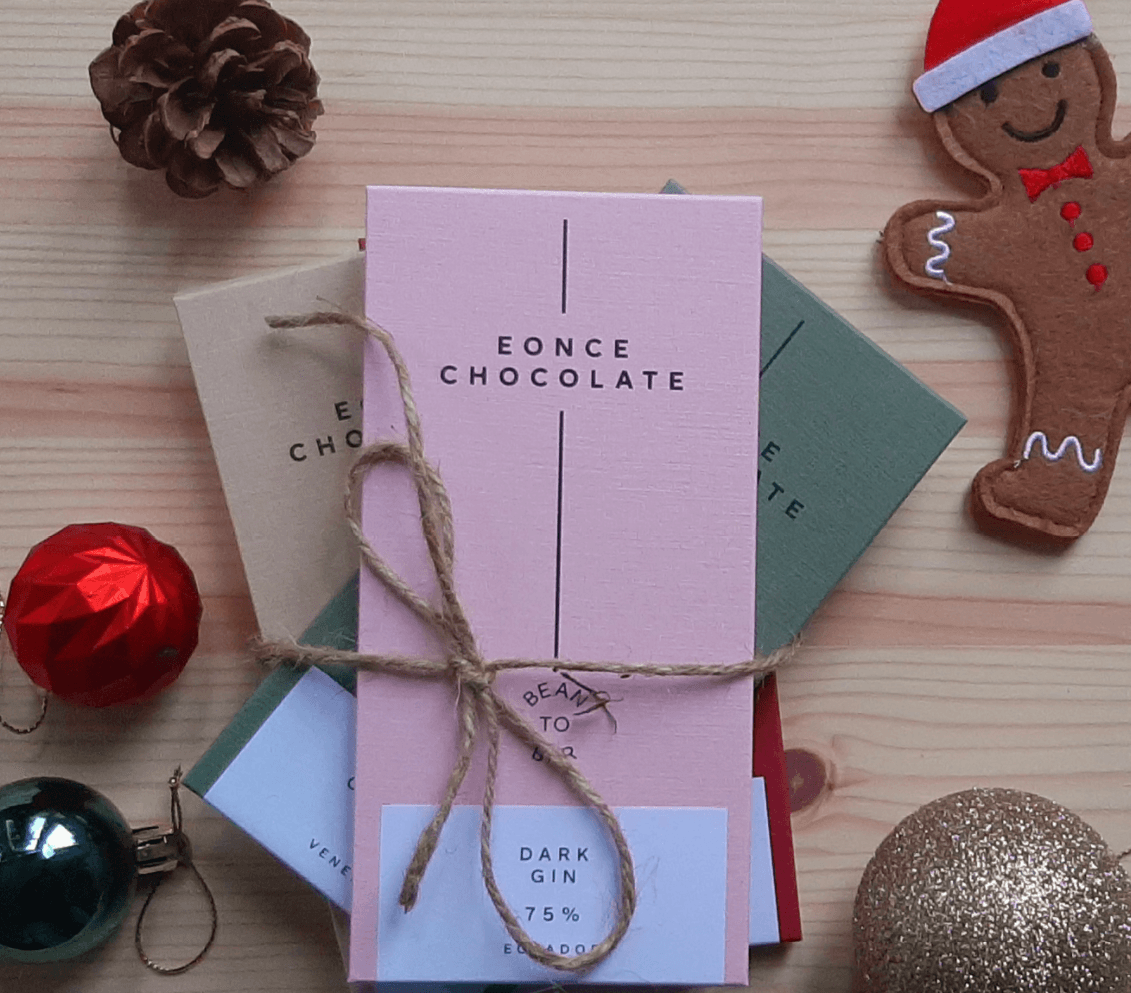The USPTO issues a "merely ornamental" refusal if the applied-for mark is considered to be purely decorative or ornamental rather than functioning as a source identifier for goods or services. In other words, it means the examiner sees the mark as serving only an aesthetic or decorative purpose and doesn't distinguish the goods or services of one provider from those of others.
Ornamental refusals happen frequently in Class 25 (Clothing). For example, a large-scale print on a shirt is often seen as mostly ornamental, the argument being that consumers might view it as one of the elements of the shirt's design rather than a brand name. On the other hand, if the same print was rendered in a small size and located on the left breast pocket, it would likely not receive this refusal since consumers are trained to view this layout as logo placement.
To overcome a merely ornamental refusal, you might consider:
- Submitting a different specimen that shows a non-ornamental use of the same trademark,
- Proving the mark has acquired distinctiveness through use, meaning consumers are not likely to view it as mere ornamentation,
- Submitting evidence of your mark being used in connection with other goods or services than the ones you are applying for, meaning your mark is an indicator of a secondary source (such as a university pointing to their trademark registered for educational services to overcome a merely ornamental refusal for their t-shirts),
- Seeking registration on the Supplemental Register. While marks registered on the Supplemental Register don't enjoy the same benefits as the ones on the Principal Register, they may become a source indicator over time.
However, the criteria for overcoming a merely ornamental refusal can vary depending on the case, so if you've received one, it's advisable to seek the help of a trademark attorney.






